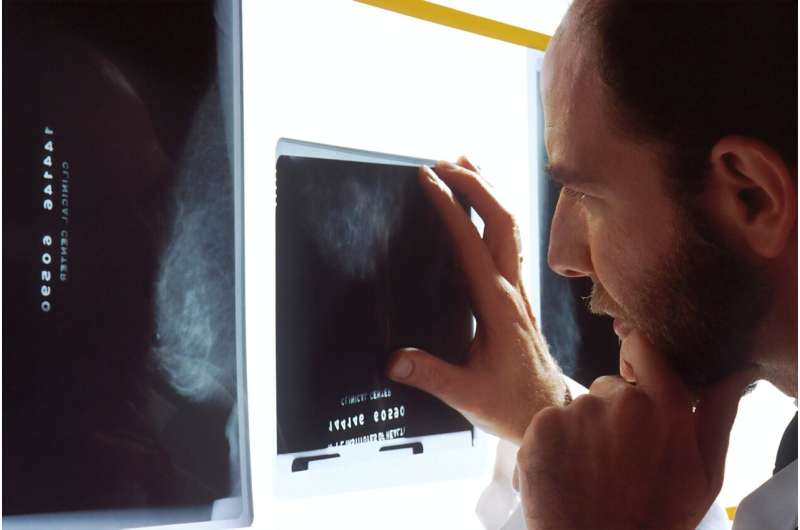Evaluating the Impact of Denoising Techniques on Diffusion MRI for Glaucoma Diagnosis

A recent study assesses how denoising algorithms impact the accuracy of diffusion MRI in detecting fiber pathway abnormalities in glaucoma, highlighting their limited influence on diagnostic results despite improving image appearance.
Recent research from the National Institute of Physiological Sciences has scrutinized the effectiveness of different denoising algorithms used in diffusion-weighted MRI (dMRI), a specialized imaging modality crucial for visualizing brain fiber pathways. Although dMRI provides invaluable insights into neurological changes associated with various diseases, its data quality can be compromised by noise, hampering accurate analysis.
To address this, scientists tested two common denoising techniques on real-world brain scans from both healthy individuals and glaucoma patients. Their goal was to determine whether improving image clarity through these algorithms would enhance the detection of tissue abnormalities, particularly in the optic tract— a fiber pathway known to be affected in glaucoma.
The findings revealed that while denoising significantly altered the appearance of MRI images and increased the signal-to-noise ratio—a key metric for assessing image quality—it did not substantially influence the ability to differentiate tissue abnormalities associated with glaucoma. In essence, denoising improved certain image quality aspects but had limited impact on the core diagnostic outcomes.
This study suggests that current denoising methods should be employed carefully, considering their specific benefits and limitations. As MRI technology continues to evolve, understanding when and how denoising techniques contribute to meaningful clinical insights is vital for optimizing diagnosis and research efforts.
The research, titled "Evaluating the impact of denoising diffusion MRI data on tractometry metrics of optic tract abnormalities in glaucoma," was published in Scientific Reports (2025). The team included Dr. Shumpei Ogawa from Jikei University and Professor Hiromasa Takemura from the National Institute for Physiological Sciences, with insights contributed by lead researcher Daiki Taguma.
These findings provide a clearer picture of how image processing techniques influence neuroimaging studies and pave the way for more targeted use of denoising in clinical applications, ultimately strengthening the potential of dMRI in detecting neurological diseases.
Stay Updated with Mia's Feed
Get the latest health & wellness insights delivered straight to your inbox.
Related Articles
Understanding the Declining Effectiveness of Common Type 2 Diabetes Medications
New research explains why common type 2 diabetes medications like sulfonylureas lose effectiveness over time, highlighting the role of beta cell identity loss and potential for reversibility.
Innovative At-Home Melanoma Test Using Skin Patch Shows Promise in Animal Studies
A novel skin patch developed by University of Michigan researchers shows promise for at-home melanoma detection using microneedles that capture cancer-specific exosomes, enabling quick and painless early diagnosis.
Innovative Open-Source AI Model Enhances Breast Cancer Detection Using MRI
A new open-source AI model developed by researchers at CCNY and MSKCC demonstrates high accuracy in detecting and localizing breast cancer in MRI images, offering potential to improve early diagnosis and screening strategies.
The Lancet Calls for Embracing One Health: A Global Policy Shift for a Healthier Future
The Lancet Commission urges a global policy overhaul by adopting the One Health approach to tackle interconnected health crises such as zoonoses, antimicrobial resistance, and climate change for a sustainable, healthier future.



